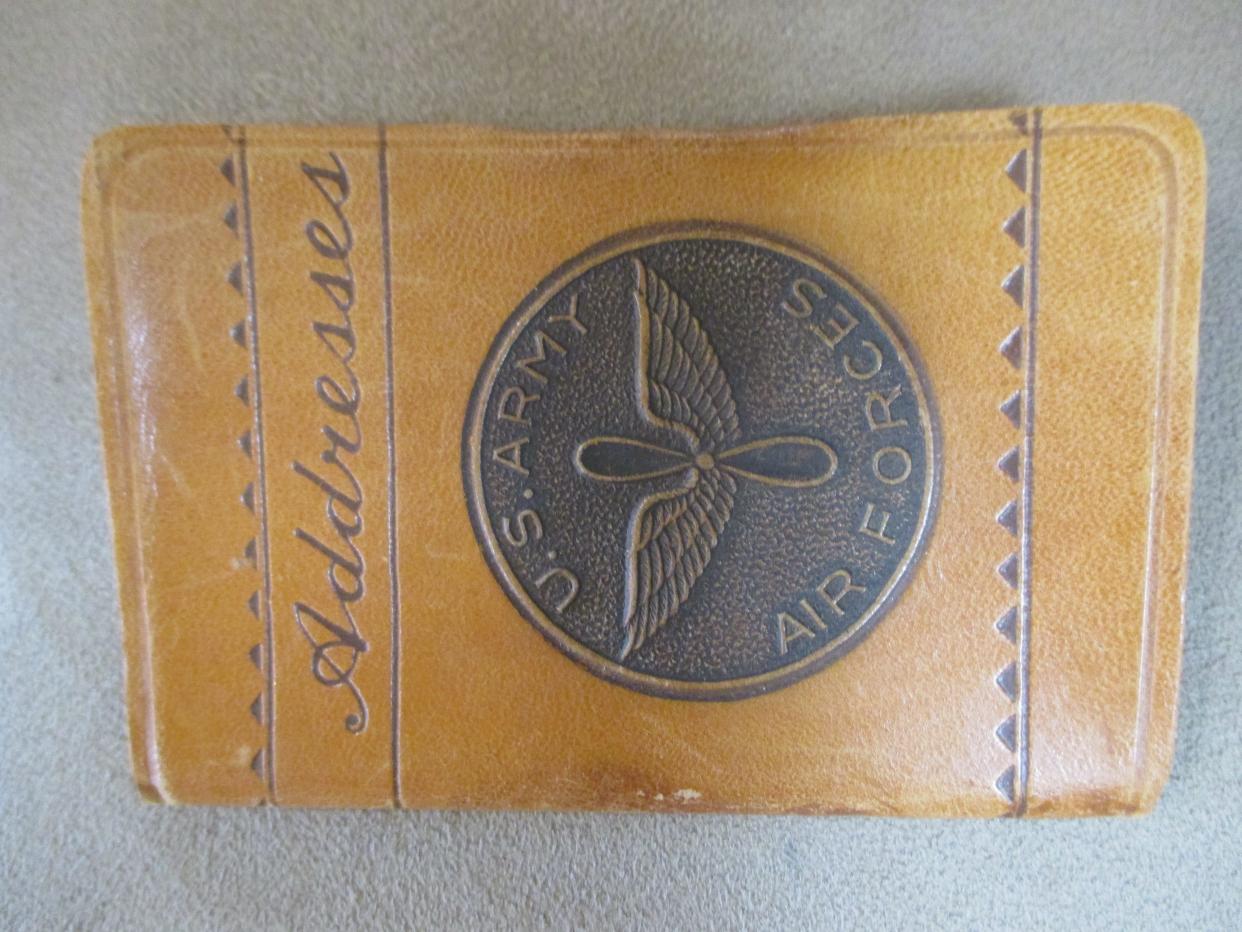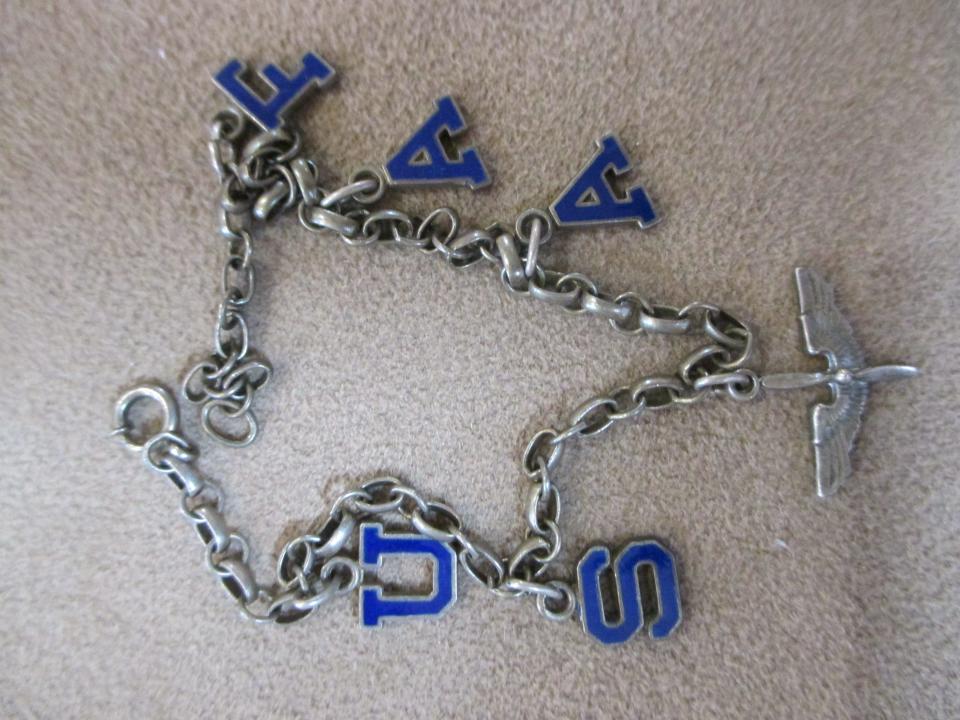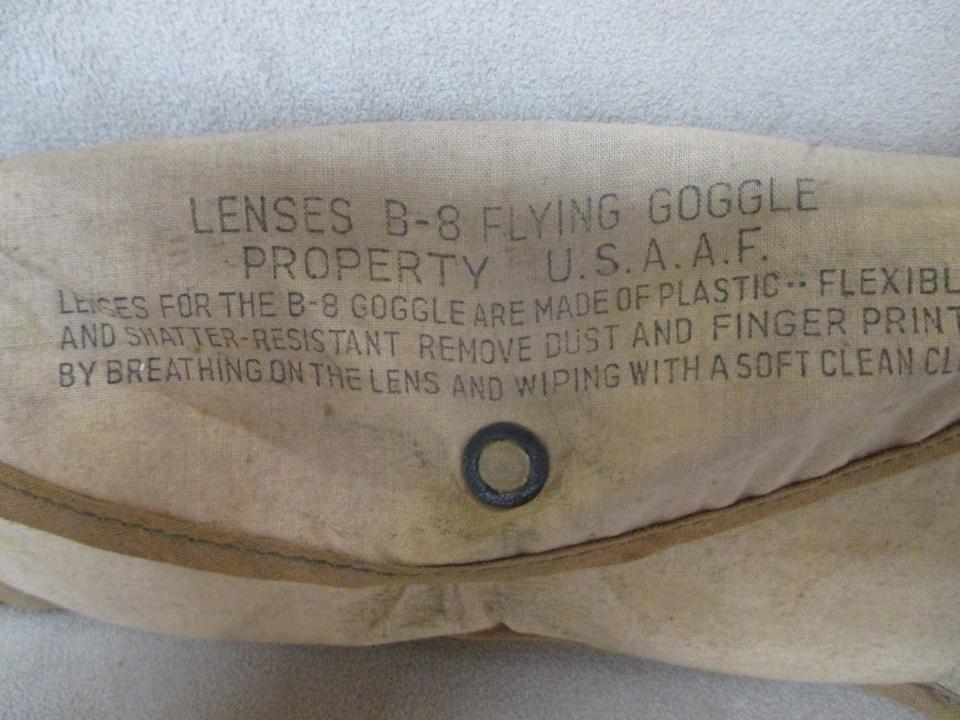Antiques: Artifacts from the Army's Air Force keep its history alive

The United States is the country that it is today thanks to a lot of things, not least of which is its armed forces. Beginning with the creation of the Continental Army in June of 1775, America's military has been there for us for nearly 250 years.
Today, there are six branches of services: the Army, Navy, Air Force, Marine Corps, Coast Guard, and the newly created Space Force. While most of the original services have stayed pretty much the same over the years in terms of names and ranks, there was a time when the Air Force was part of the Army and indeed known as the US Army Air Force. Many militaria collectors love USAAF artifacts, and for good reason. Let's do a fly-by.
The USAAF didn't even begin with that name. Upon taking notice of the Wright Brothers' groundbreaking work in aviation, the US Army Signal Corps established a tiny Aeronautical Division in 1907 to stay on top of events. Early results with balloons and dirigibles had been mixed, but attention quickly turned to the Wright's newfangled aircraft. One year later, the Division had its first of many casualties when a lieutenant was killed in a crash landing but a year after that Airplane Number One was acquired and the era of military flight was underway.

A few years later, WWI in Europe began to loom and the Signal Corps stepped up its activities. The 1st Provisional Aero Squadron was formed in 1913, its first duty being to patrol the Mexican border. As things heated up overseas, the aviation section was reorganized into an Air Service that contributed significantly (if perhaps not critically) to the war's end in 1918.
Further reorganizations took place following the armistice, and in 1926, the name US Army Air Corps came into being. By then, the Army's aviation efforts had grown to around 1,000 aircraft and some 10,000 men. Growth continued steadily during the 1930s, but the American military hierarchy was shocked when the German Luftwaffe suddenly emerged in 1938 as a massive and powerful fighting force. The time for complacency was over.
As it turned out, the next seven years were transformative. By 1945, the USAAF had swelled to more than 2.2 million members and nearly 64,000 aircraft. New regional Air Districts were created, including in areas such as Alaska, Hawaii and Panama, and unit designations such as wings, groups and squadrons were introduced.
If not pivotal to the outcome of the first world war, there is little doubt that the USAAF was an enormous contributor to the Allies' success in WWII. Once again, however, change was swift following war's end, and the National Security Act of 1947 established the United States Air Force as a separate branch of the military headed by its own chief of staff. The USAAF had become the USAF.

While today's Air Force is one of drones and jets and stealth, there are those who pine for artifacts from the old days of propellers. Original USAAF-marked items are still out there, if increasingly hard to find. Vintage manuals and flight equipment bear evidence to earlier days of aviation, and sweetheart bracelets bought by airmen and sent home to their loved ones reflect a proud sentiment to service.
You can see a range of such items at our own Palm Springs Air Museum, and antique galleries like ours often have a fascinating selection. It's the stuff to make aviation buffs dreamy-eyed.
Mike Rivkin and his wife, Linda, are longtime residents of Rancho Mirage. For many years, he was an award-winning catalogue publisher and has authored seven books, along with countless articles. Now, he's the owner of Antique Galleries of Palm Springs. His antiques column appears Sundays in The Desert Sun. Want to send Mike a question about antiques? Drop him a line at info@silverfishpress.com.
This article originally appeared on Palm Springs Desert Sun: Antiques: Artifacts from the Army's Air Force keep its history alive

